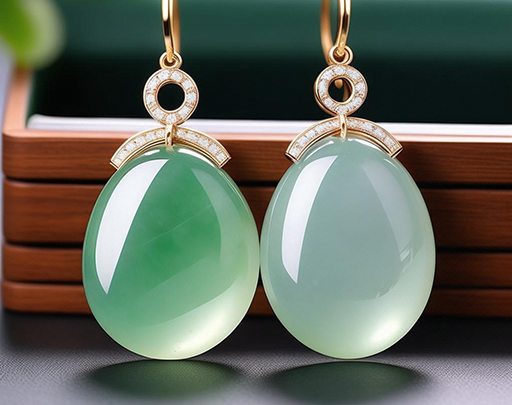
How to Identify if Jade is Real – A Comprehensive Guide for Gem Lovers
Jade, revered for its beauty and cultural significance, has been a cherished gemstone for centuries. However, distinguishing genuine jade from imitations can be challenging, especially for those new to the world of gemstones. This guide will provide you with essential tips and techniques to identify real jade, ensuring that your purchase is authentic and worth the investment.
Understanding Jade
Before diving into the identification process, it’s crucial to understand what jade is. Jade comes in two varieties: jadeite and nephrite. Jadeite is rarer and typically more valuable, known for its vivid green colors and higher density. Nephrite, while also prized, is more abundant and often found in a wider range of colors, including white, yellow, and brown.
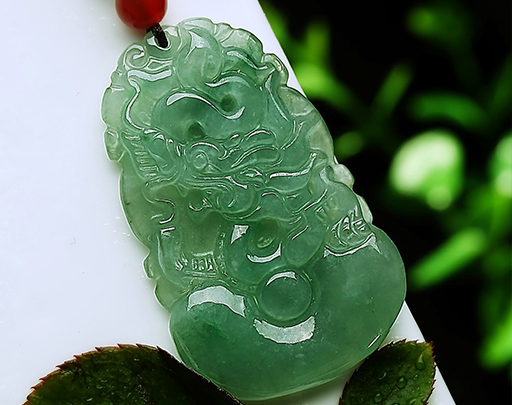
Visual Inspection
1.Color
The color of jade is one of its most distinguishing features. Authentic jadeite often exhibits a rich, vibrant green color, although it can also be found in lavender, red, yellow, and black. Nephrite, on the other hand, is usually creamy white, green, or brown. Genuine jade tends to have a uniform color distribution, whereas imitations might display blotchy or uneven coloring.
2.Texture
Real jade has a smooth, even texture. When held up to the light, it should exhibit a slightly waxy, lustrous appearance. Fake jade, particularly glass imitations, may appear too shiny or have a glassy look that lacks the depth and richness of true jade.
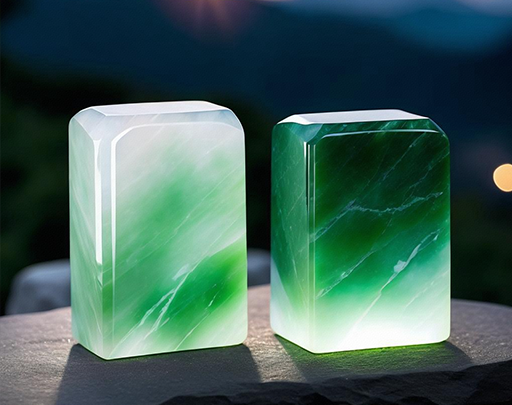
3.Transparency
Jadeite and nephrite have varying degrees of transparency. Authentic jade can range from opaque to semi-transparent. When light passes through real jade, it often gives off a soft, almost velvety glow. In contrast, fake jade, especially plastic or glass replicas, may either be too transparent or completely opaque.
Physical Tests
1.Density and Weight
One of the primary physical properties of jade is its density. Jadeite is notably denser than most imitation materials. When you hold a piece of real jade, it should feel heavier than it looks. Conducting a simple heft test by comparing the weight of the jade piece with another stone of the same size can help you determine its authenticity.
2.Temperature
Real jade tends to be cool to the touch. When you place it against your cheek or hold it in your hand, it should feel cold initially and gradually warm up. This characteristic is due to jade’s high thermal conductivity. In contrast, fake jade, particularly plastic, will often feel warm immediately.
3.Scratch Test
While it’s not advisable to perform a scratch test on a valuable piece, this method can be useful for less expensive items. Real jade is quite hard and can scratch glass or steel. Using a metal object like a pin, gently scratch an inconspicuous area of the jade. If it scratches easily, it’s likely a fake. However, if it leaves a mark on the metal instead, it’s likely real jade.
Advanced Techniques
1.UV Light Test
Exposing jade to ultraviolet (UV) light can reveal important clues about its authenticity. Genuine jade typically fluoresces under UV light, emitting a soft glow. Imitations, especially those made from dyed polymers, may not fluoresce at all or might exhibit an unnatural brightness.
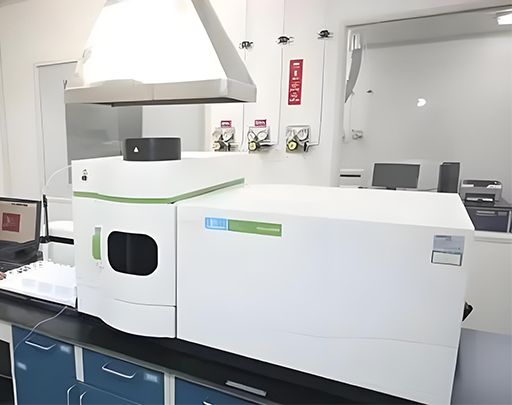
2.Sound Test
The sound test, also known as the chime test, involves striking the jade lightly with a metal object or another piece of jade. Real jade produces a deep, resonant sound, similar to the sound of a bell. Fake jade often produces a dull or muted sound, indicating a different internal structure.
Professional Verification
For absolute certainty, it’s best to have the jade tested by a certified gemologist. Professional gemological laboratories use advanced techniques such as spectroscopy, refractive index measurement, and specific gravity testing to determine the authenticity of jade. These tests can provide conclusive results and are especially recommended for high-value pieces.
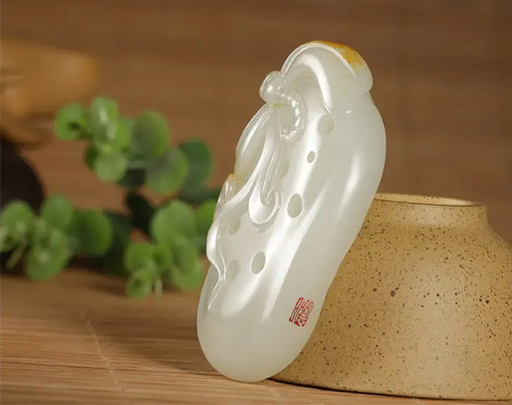
Certification
When purchasing jade, always look for certification from reputable gemological institutions. Certificates provide detailed information about the jade’s characteristics, including its type, origin, and any treatments it may have undergone. This documentation can greatly enhance the value and credibility of your jade.
Conclusion
Identifying real jade requires a combination of visual inspection, physical tests, and professional verification. By understanding the characteristics of genuine jade and being aware of common imitations, you can make informed decisions and avoid falling victim to counterfeit gems. Whether you’re a seasoned collector or a first-time buyer, these tips will help you navigate the fascinating world of jade with confidence.
